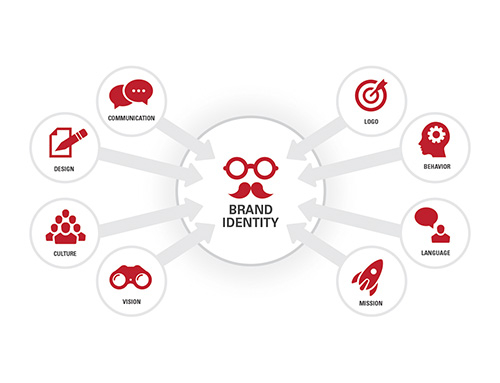
Many companies have heard that implementing a marketing automation is the logical next step in their demand generation capabilities. Perhaps they want to move up from “batch and blast” email marketing or managing digital channel “silos” that don’t provide a comprehensive view of online customer behavior. But what is marketing automation, and how can it provide a competitive advantage for those companies that adopt it?
Marketing automation systems like Marketo, Eloqua, Hubspot and Pardot provide a number of capabilities to streamline, automate and measure marketing tasks including lead management, outbound email campaigns, email database management, lead nurturing, and lead scoring. All marketing automation systems are designed to integrate directly with CRM (customer relationship management) solutions like Salesforce or Microsoft Dynamics. This integration creates marketing and sales alignment around lead generating activities and “closes the loop” between marketing activities and the customer revenue and sales pipeline generated from those activities.
Some of the specific functions of marketing automation platforms include:
- Lead management – the ability to track real-time user behavior and data and aggregate prospect information across online channels (organic search, online display ads, PPC ads, email marketing, and social media), as well as offline channels such as trade shows, PR, print advertising and direct mail.
- Campaign automation – allowing relevant emails to be triggered to deploy automatically or after a specific period of a time when a user takes an action, such as filling out a form on the company’s website, attending a webinar, or opening a previous email.
- Dynamic content – automatically populates emails with personalized content based on user information or based on segmentation parameters, such as vertical markets, industry segments, or even by specific named accounts.
- Form design tools – allowing the marketing creative services team to develop website landing pages and registration forms that can be hosted on the company’s website, and can capture complete lead information across all channels in a single database.
- Workflow – a visual framework for identifying future prospect engagement based on if/then logic, including forms, content, database updates, wait steps, and campaign execution.
- Lead nurturing and scoring – provides a platform for capturing prospect information at an earlier stage by providing relevant, useful content, capturing the user’s interest in specific information, and predicting when leads are sales-ready.
- Tracking and reporting tools – allows the marketer to see prospect engagement across all channels, including email opens and clicks, website visits, form submissions and event registrations, all of which can be used to determine marketing campaign effectiveness.
The end result, if implemented correctly, provides the right messages to the right prospects at the right time – resulting in vastly higher conversion rates and accelerated sales revenue. All of these things are possible to do without a marketing automation platform, but technology becomes essential to do this at scale. But like any other set of technologies, marketing automation requires a comprehensive strategy that integrates the right processes, people, content and prospect data to be successful.
The Quell Group provides a complete set of digital marketing solutions, including assisting with the selection and implementation of technologies that address your unique marketing challenges. To discuss your company’s marketing technology strategy, contact The Quell Group.





